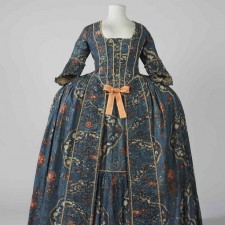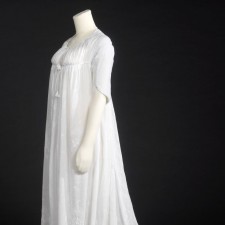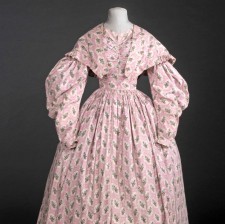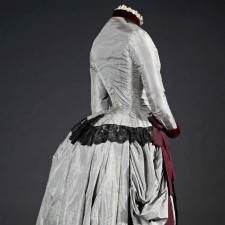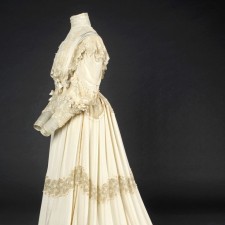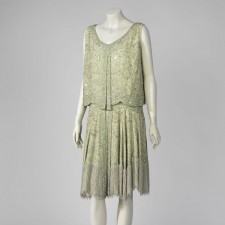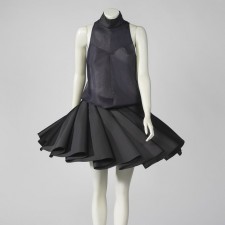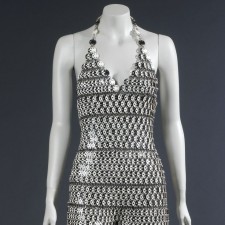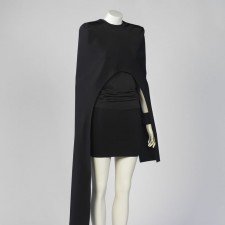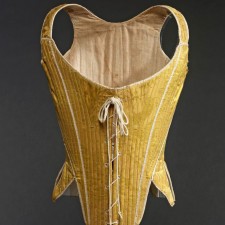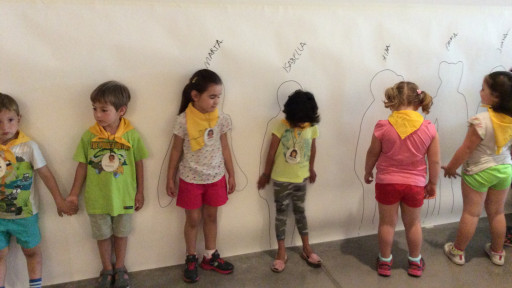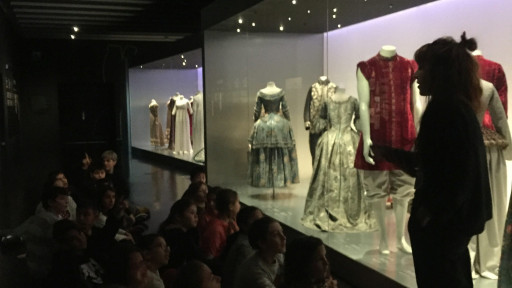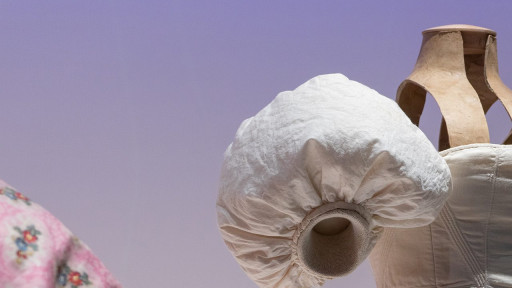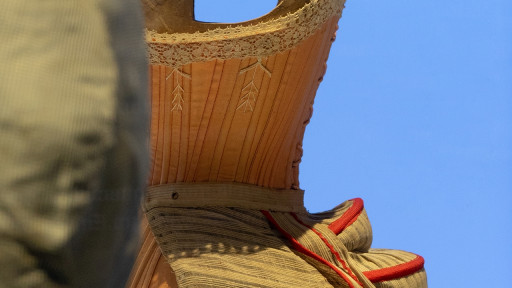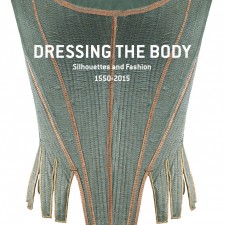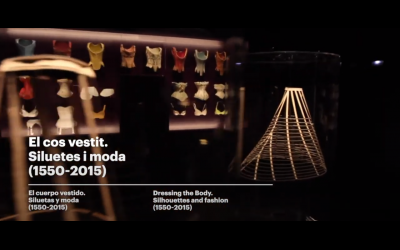Dressing the Body. Silhouettes and fashion (1550-2015)








Since ancient times, human beings have altered the shape and appearance of their bodies by means of hairstyles, jewellery, tattoos and especially their clothes.
In every age, the different ways of dressing are intimately connected with moral, social and aesthetic codes. Fashion imposes standards of beauty; silhouettes and volumes are modified and nature gives way to artifice. Clothes change the body's proportions and alter the wearer's relationship with physical space and other people.
The exhibition Dressing the Body sets out to show how clothes modify the appearance of the body by way of actions that have alternately tended to compress it and liberate it, from the sixteenth century to the present.
Dress modifies the appearance of the body
1. Increasing:
Creating volume using interior structures or ample rigid fabrics, separated from the body.
The figure is enlarged from waist to feet: paniers, petticoats, crinolines and bustles.
The silhouette is wrapped and expanded: shawls and capes.
2. Reducing:
The natural forms of the body are reduced, especially the thorax and waist.
The torso is compressed: corsets, bodices, bras and belts.
3. Elongating:
Enhancing the vertical to make the body look taller.
The body is lenghtened: shoes with heels and platforms, hairstyles, hats and dresses with long tails.
4. Profiling:
The forms of the body are outlined, without being altered.
The silhouette is emphasized: stockings, tights, gloves, bodystockings and T-shirts in knitted or stretch fabrics.
5. Revealing:
The silhouette is suggested, showing legs and arms and bare skin.
The figure is revealed: transparent fabrics; short sleeveless dresses with low neckines.
Curator
Teresa Bastardes i Silvia Ventosa, Departament de Col·leccions del Museu del Disseny. Amb la col·laboració del Departament d’Exposicions
Number of pieces
170
Surface
650 m2
Space
3rd floor


